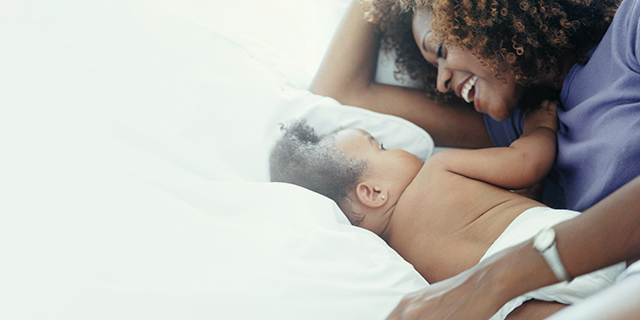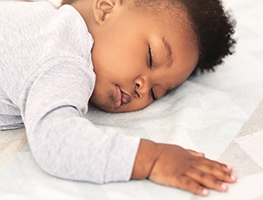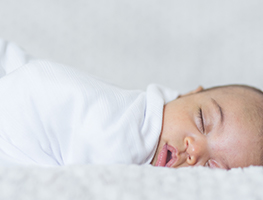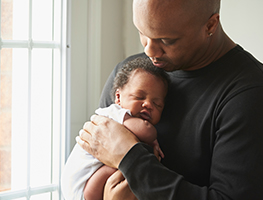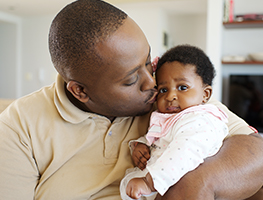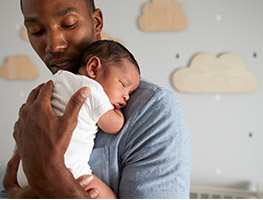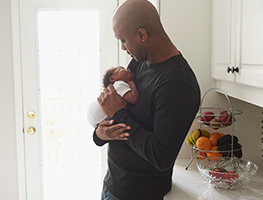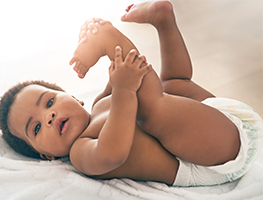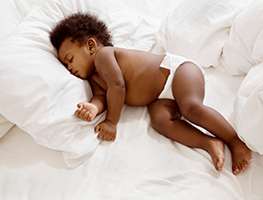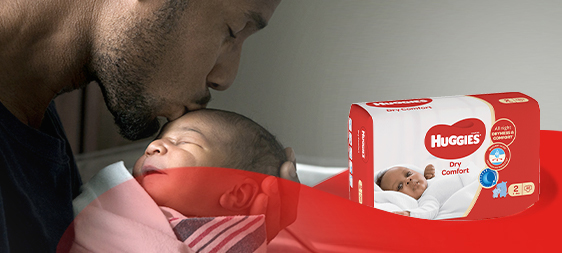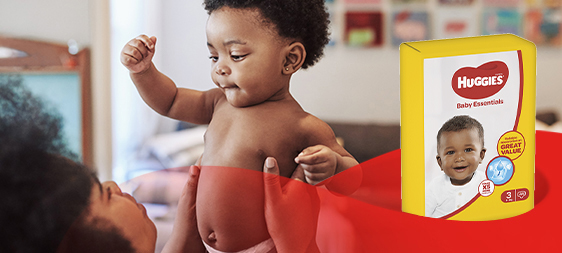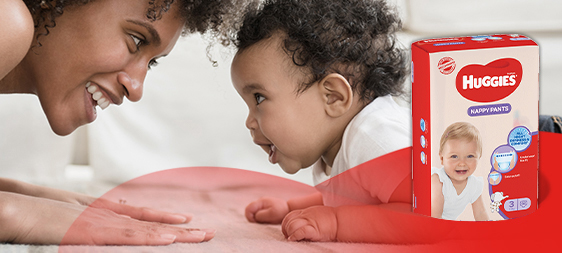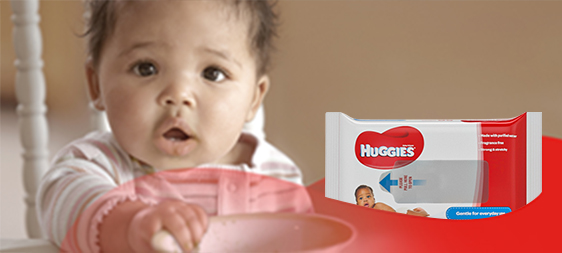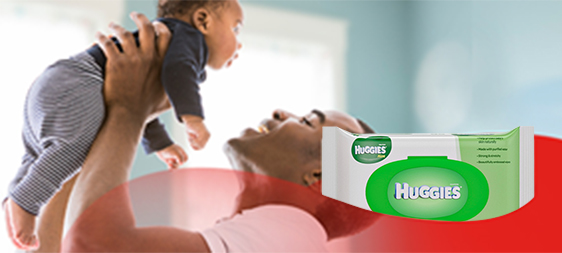In many cultures, parents and their children sleeping in the same bed is part of everyday life. Parents who subscribe to Attachment Parenting or The Family Bed theories are generally supportive of co-sleeping. They view bed sharing as strongly beneficial to the child, and believe that not to share their bed is actually damaging a young child’s psyche.
Like most parenting options, there are benefits and disadvantages to whatever you choose. The ultimate decision whether to co-sleep rests with individual parents and their own children.
Benefits of co-sleeping:
Some experts believe co-sleeping helps to boost a child’s attachment and emotional security with their parents. This is helped by close physical proximity and parents being freely available to their child both day and night.
Feeding is easier because baby is physically close.
There are thought to be benefits with keeping the child warm overnight because of shared body heat.
Some parents feel they get more sleep overnight because they aren’t being woken as much by their wakeful child. They also feel reassured that their child is close and can see they are alright. This prevents parents having to get up out of bed and check them through the night.
Co-sleeping may assist with the development of a child’s emotional health. Co-sleeping supporters say that it fits with the natural order of raising children and does not create an artificial home environment where parents and their children are separated.
Some experts believe there are benefits to the child’s physiology with more stable heart rate, fewer pauses in their breathing, and more even temperature regulation.
Disadvantages of co-sleeping:
There are proven, evidence-based safety risks to children, which are associated with co-sleeping. Many parents are so influenced by the scientific findings that they no longer consider co-sleeping as an option. (See Safety Factors below).
Some parents feel that their sleep is disturbed too much by having their child sleep with them. The practicalities of having another person in the bed is an issue, especially as children grow and take up so much room. Unfortunately, children aren’t very generous about sharing bed space.
Some parents feel co-sleeping fosters too much emotional and physical dependency from their child. They are keen for their child to learn independent, self-soothing skills, and not be as reliant as they could otherwise be.
Parents may feel that having a child in bed with them interrupts their sexual relationship and intimacy. They feel their bed is solely for them and no place for a child.
Co-sleeping can set up a pattern where the child always associates the parent lying down as a prompt to join them. In quiet moments when a “little lie down” for a parent becomes necessary, it is guaranteed that their young one will join them.
Note: Over the full course of a child’s life there are likely to be times when they do co-sleep, no matter what opinion their parents may have. Often, when children are sick or just feeling unsure, they want to sleep with their parents and their parents want them to as well. Many older children will come into their parent’s bed when they wake up in the morning and have shared cuddle time. Sometimes they will drop off to sleep for a while, but if this is not a problem for you, don’t fret. It is important to always be aware of the safety issues with co-sleeping, no matter how old the child is.
When can co-sleeping start and when does it end?
Many parents view co-sleeping from birth as a natural transition for the baby to the outside world. They feel their baby needs to be physically close to them, so they use their own bed as the child’s primary sleeping place from the newborn stage.
Co-sleeping can become such an entrenched habit for some families that to sleep separately is not seen as an alternative. They feel that if it becomes a problem, then they will look at changing what they’re doing.
Most parents that support co-sleeping still have a bassinette or cot for their baby, though only use it for day sleeps. At night their child comes into bed with them.
Often, a baby will start the evening off in their own cot and then come into the parent’s bed when they wake for feeds. Rather than place them back into their cot, parents choose to leave their baby in bed with them until the morning.
Parents may co-sleep with their child for part of the night and then sleep separately. Most parents that co-sleep use the child’s cues or wake-up times to decide how each night will progress.
The time to call a halt to co-sleeping usually comes from the parents, rather than the child. Again, it is a very individual choice. Eventually, many parents start to feel their sleep is so disrupted that it is time for a change.
There is no consistently popular age when co-sleeping stops, but the issues it can create are usually enough of a prompt for parents to say they’ve had enough.
Some babies become so accustomed to having their parents sleep with them that they can’t go to sleep on their own. When this becomes a problem for parents, they often want to learn alternative ways of settling their child.
Note: Safety factors with co-sleeping
Sharing a sleep surface with a baby does increase the risk ofSUDI(Sudden Unexplained Death in Infancy),SIDSand fatal sleep accidents, in some circumstances. This risk does not seem to be increased when parents are feeding, cuddling or playing with their baby while on a sleep surface, as long as the baby goes back to their own safe cot before the parent goes to sleep.
Note: SIDSresearch has found that the safest, most protective place for a baby to sleep is in their own safe sleeping environment, next to the parent’s bed for the first 6-12 months of life.
Important factors to consider:
Babies who co-sleep can become trapped between their parents and suffocate. They can get covered in bed clothing, slide down under the covers between parents, and roll out of bed onto the floor.
Babies have died from being wedged between their parents or against a wall. Cushions, pillows, blankets or duvets can all cause a baby to suffocate.
There is a danger that a baby can be rolled on to by their parents, especially if the parents are very tired, deep sleepers, are overweight, or if they have taken medication or alcohol, which affects their sleep.
There is significant increased risk to babies ofSIDSif they sleep with parents who smoke cigarettes.
It is never safe for a baby to sleep on a waterbed or a soft mattress. It is also unsafe for them to sleep on a chair or a couch / sofa. These places are not safe, even if a baby is sleeping with a parent.
It is particularly risky for babies who sleep on their tummies. Parents should never go to sleep themselves when their baby has fallen asleep on the parent’s chest, while lying on their tummy.
It is not safe for babies to sleep in a bed with older children as well. They can lie on the baby and suffocate them.

